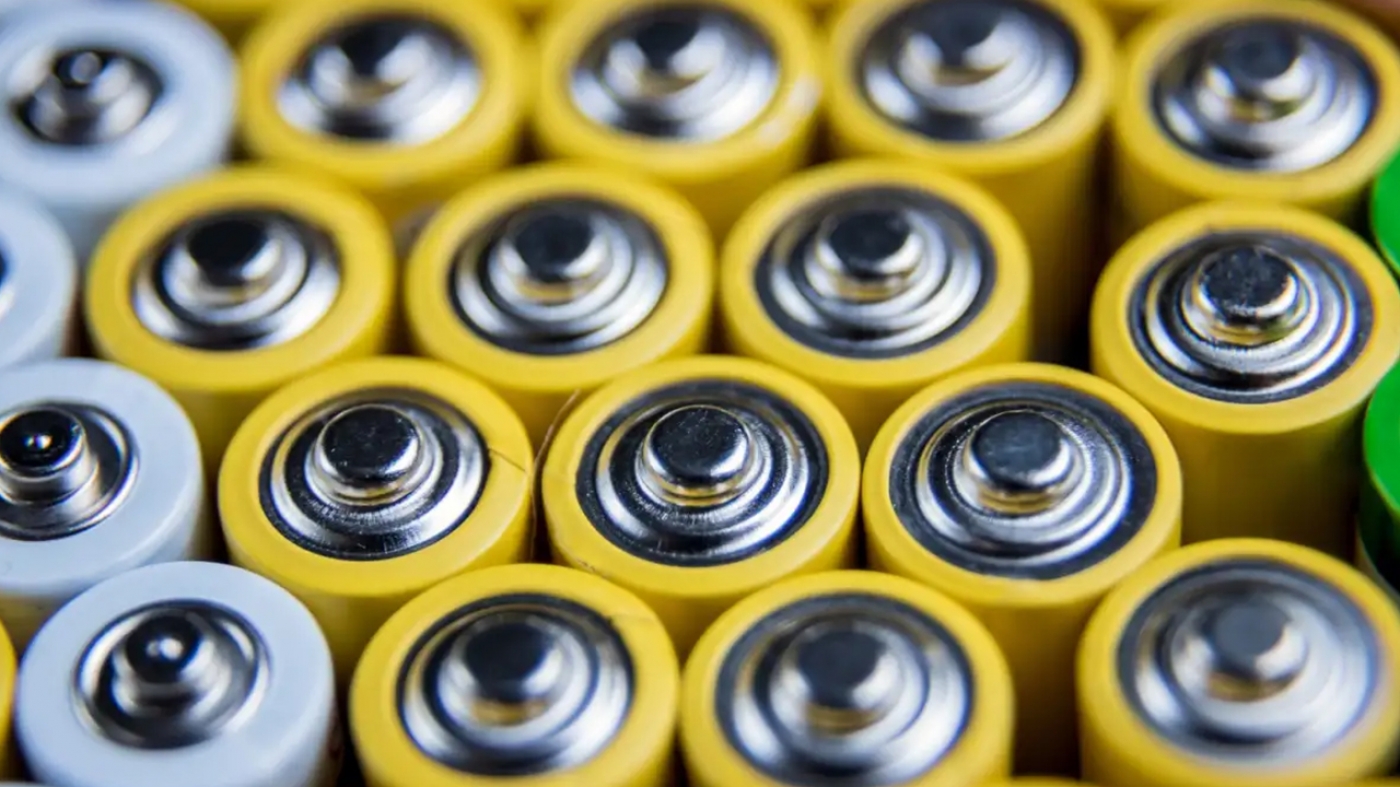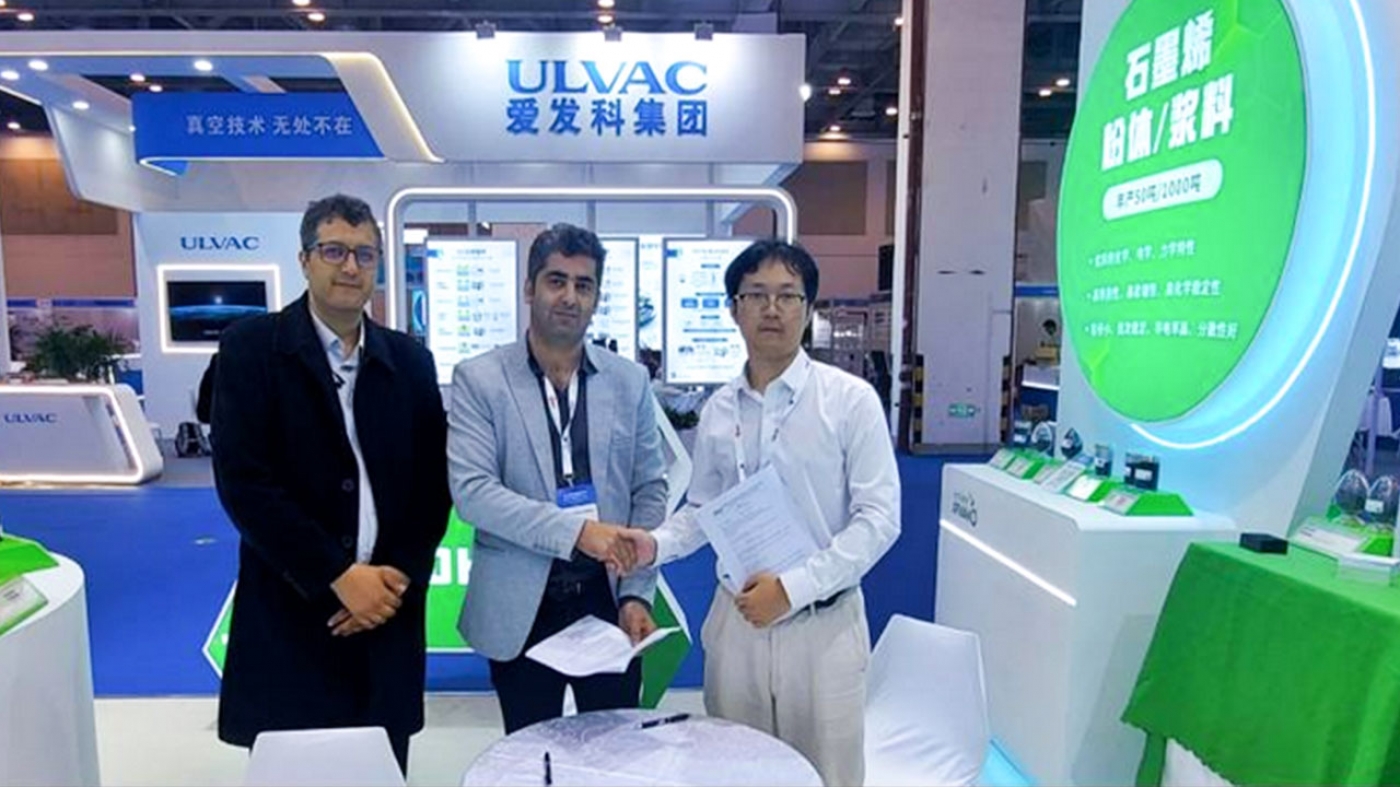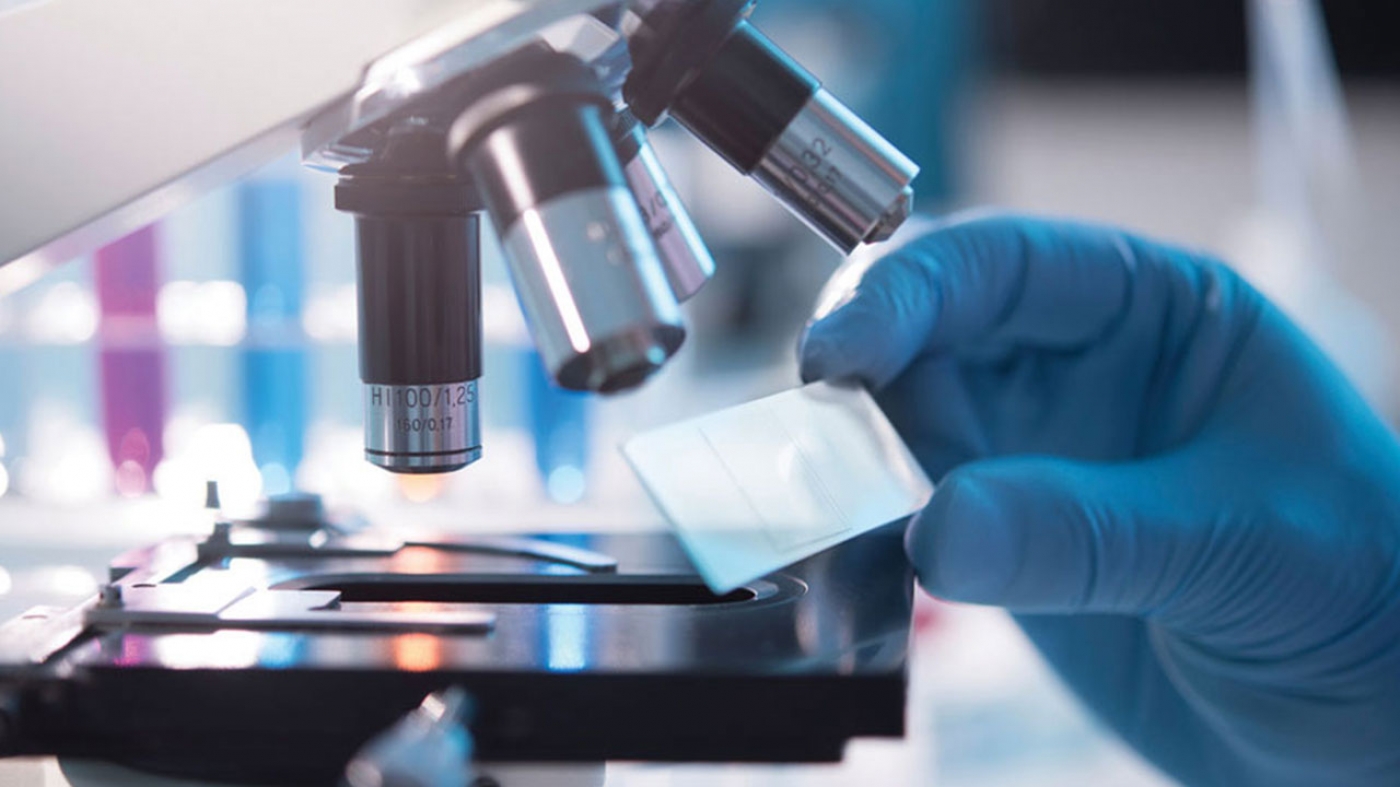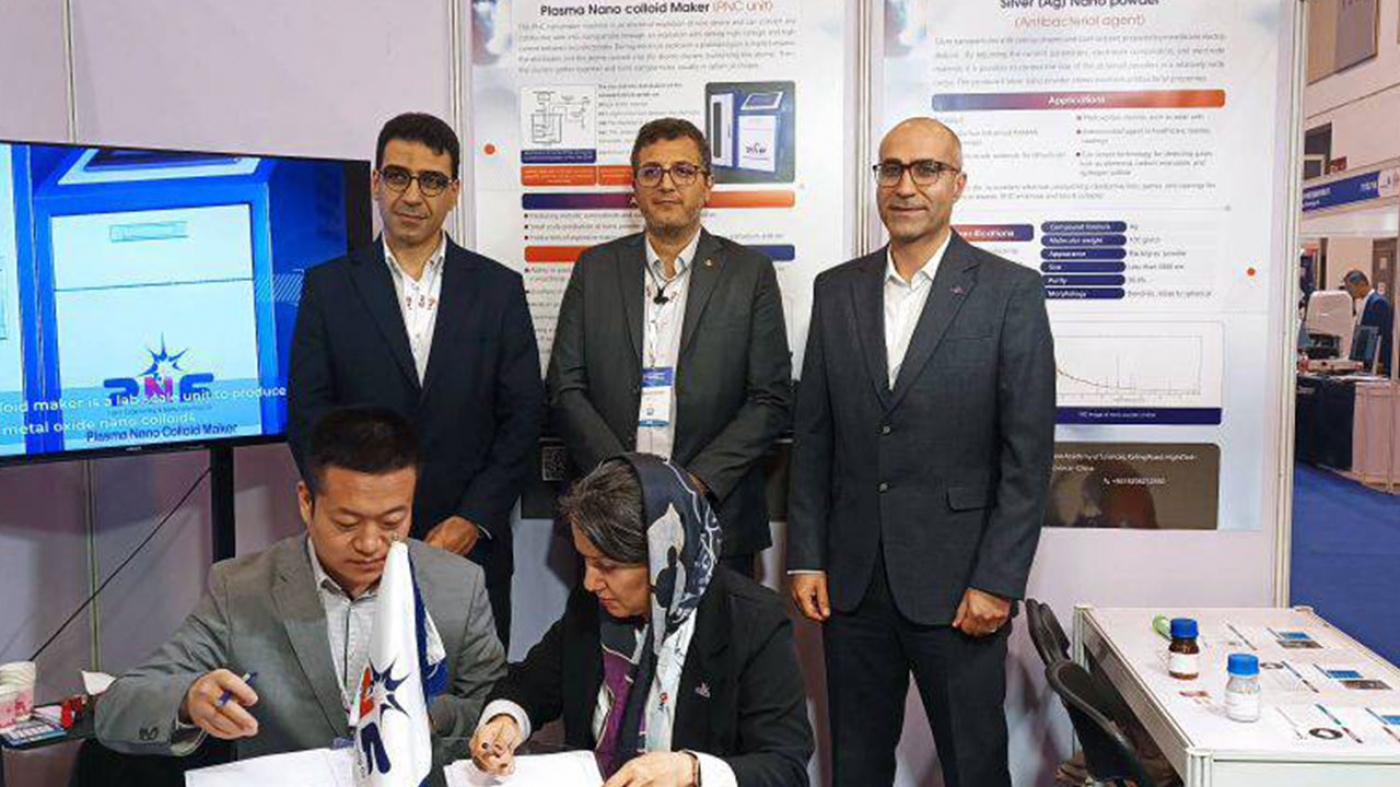Dr. Esfandiar, assistant professor of the Faculty of Physics, Sharif University of Technology, in cooperation with a group of international researchers, indicated by laboratory and numerical simulation that suitable functional groups on carbon nanotubes cause better contact with surface of silicon nanoparticles.
The huge volume change and unstable interface of the silicon anode usually result in the fracture of the active material and the disconnection with conducting current collector, which would highly hinder the application of silicon in powering battery. Thus, developing a stable interface with good mechanical stability to tolerate huge volume change of the silicon, and keep the robust adhesive property is one of the effective methods.
In their publication, a molecular zipper fastened strategy is designed to provide a dynamic stable interface for fast transportation of both ions and electrons, which can also provide a destroy-rebuilt interface for silicon. Through crosslinking of the binary polymer and lithiated nafion (Li-nafion), the dynamic stable interface was constructed between nano-silicon and carbon nanotubes, leading to long cycling stability at room/freezing temperature as well as high-rate performance. Finite element simulation results also confirm that the uniform electric distributed interface was constructed. The line contact model could minimize the stress caused by deformation during the fast lithiation/delithiation process. This approach offers an effective strategy for the next-generation high capacity, high rate, long lifespan and wide climate range ion battery.
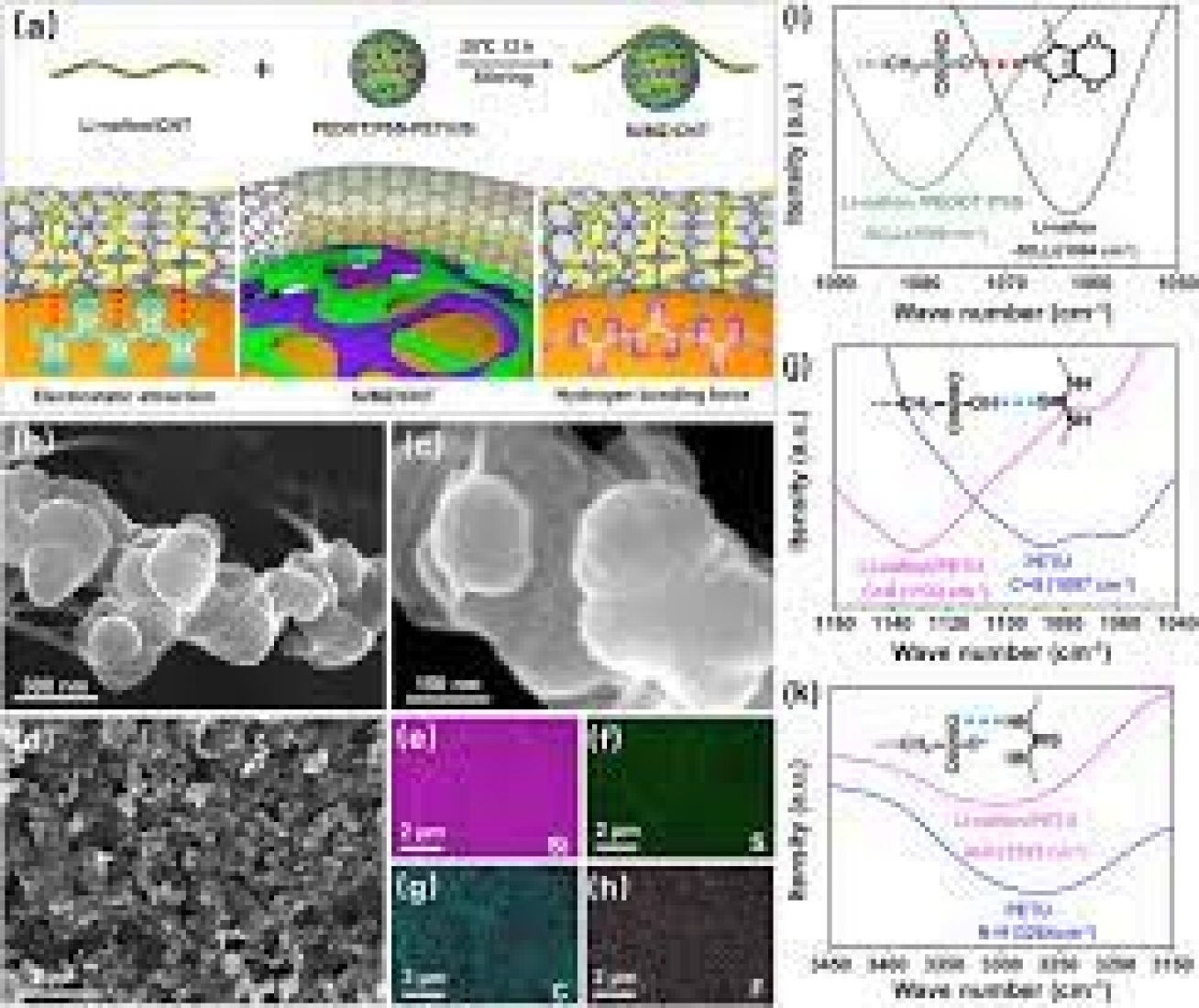
The results of their research were published in the journal of "Energy Storage Materials" entitled “Dynamic stable interface between CNT and nano-silicon for robust anode with large capacity and high rate performance.”
For more information about this publication, please click
here.
